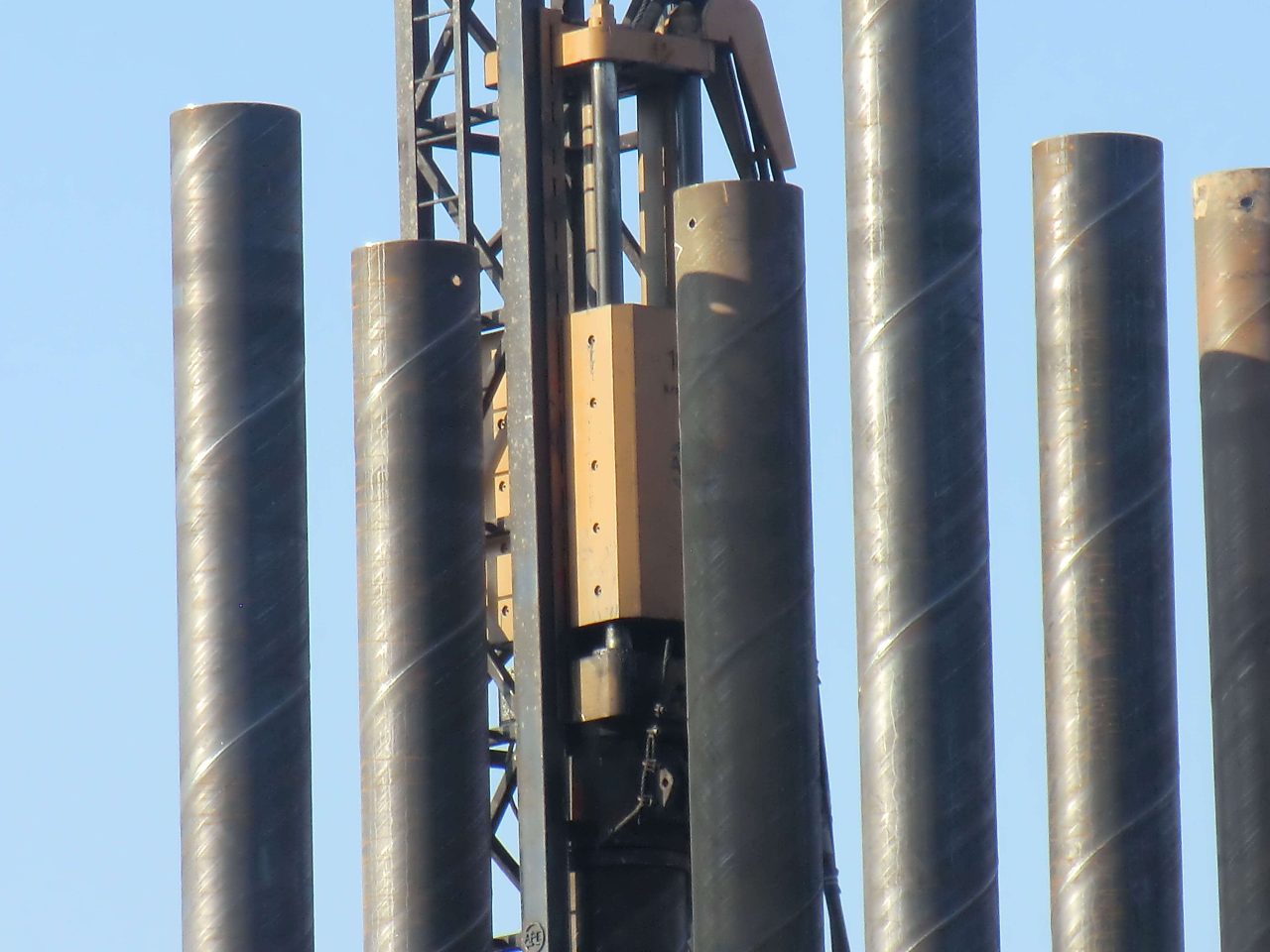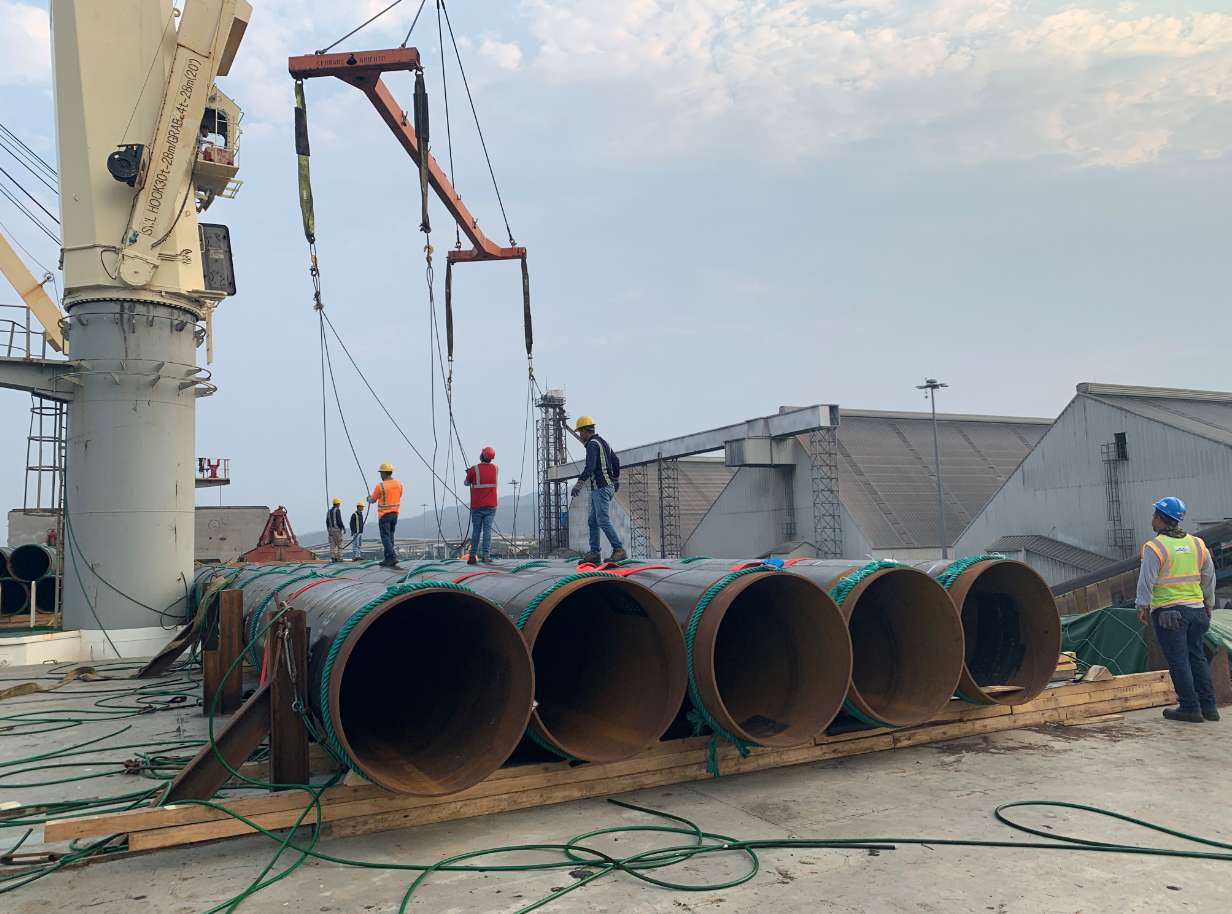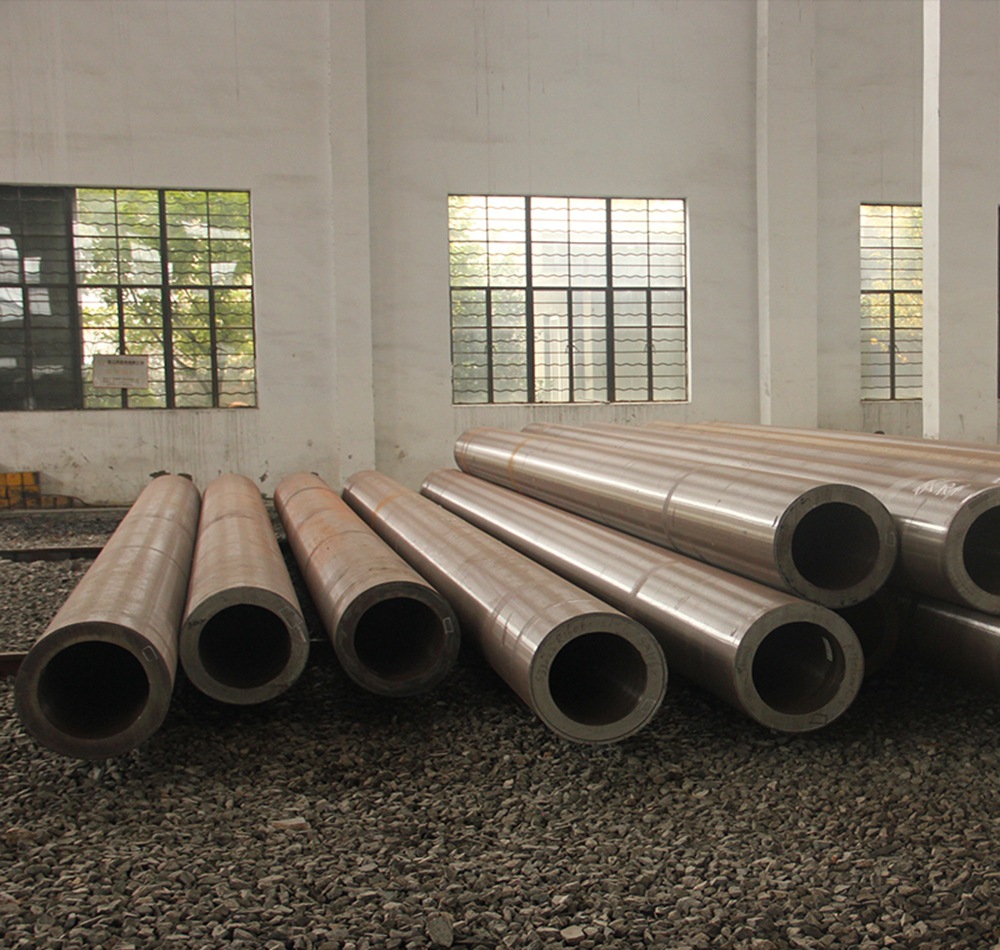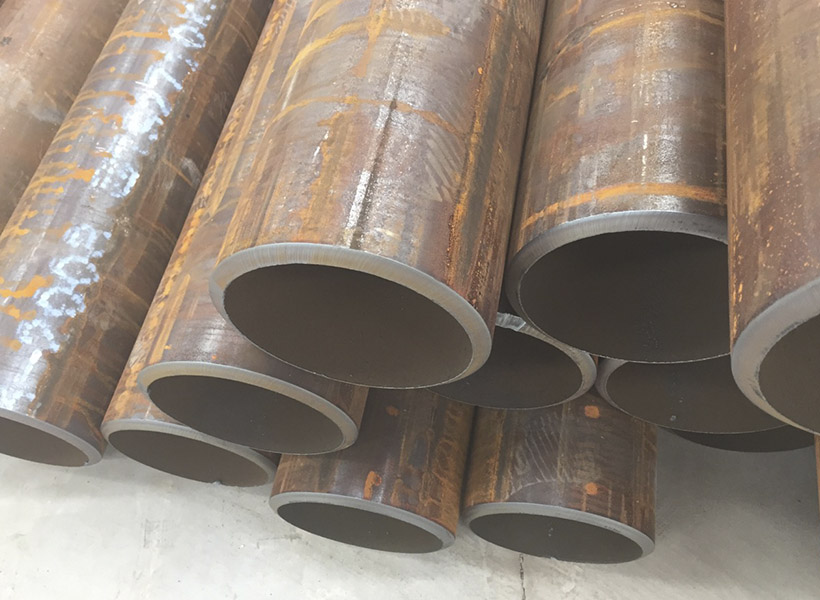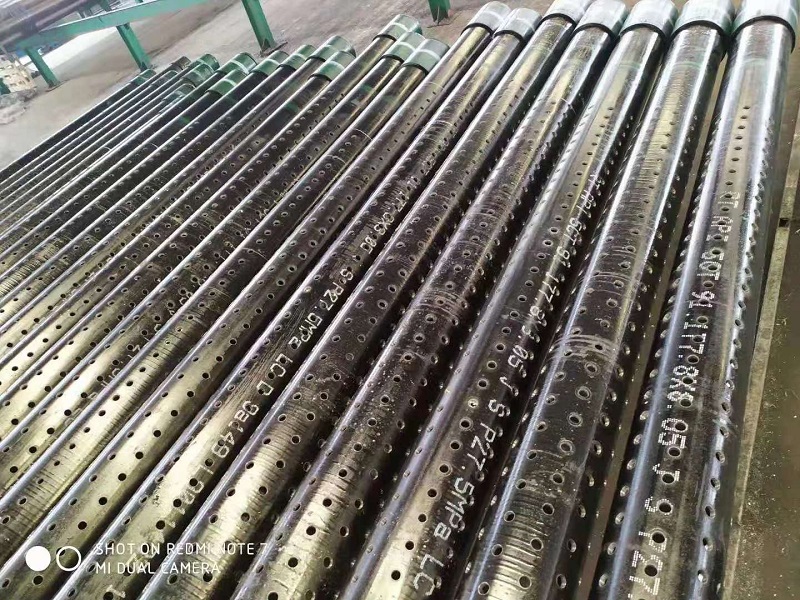Pipeline Construction: Get Relevant Insight Here
Introduction
Pipeline construction is a critical aspect of modern infrastructure, facilitating the transportation of essential resources such as oil, gas, and water. This complex process involves meticulous planning, engineering, and execution to ensure the safe and efficient delivery of these resources. In this article, we provide relevant insights into pipeline construction, exploring the stages, challenges, technologies, and best practices that define this vital industry.
Stages of Pipeline Construction
1. Planning and Design
The planning and design phase is the foundation of any pipeline construction project. It involves:
- Route Selection: Identifying the most efficient and feasible route for the pipeline, considering environmental, economic, and social factors.
- Environmental Impact Assessment (EIA): Evaluating the potential environmental impacts of the project and developing mitigation strategies.
- Engineering Design: Creating detailed engineering plans and specifications for the pipeline, including materials, dimensions, and construction methods.
2. Permitting and Approvals
Before construction can begin, various permits and approvals must be obtained from regulatory authorities. This process ensures compliance with environmental, safety, and land use regulations.
3. Procurement and Logistics
The procurement and logistics phase involves sourcing the necessary materials and equipment for the project. This includes:
- Pipe Manufacturing: Producing the pipes according to the specified materials and dimensions.
- Equipment Procurement: Acquiring construction equipment, such as excavators, welding machines, and cranes.
- Logistics Planning: Coordinating the transportation and storage of materials and equipment to the construction site.
4. Construction
The construction phase is the most visible and labor-intensive stage of the project. It involves:
- Clearing and Grading: Preparing the construction site by clearing vegetation and leveling the ground.
- Trenching: Excavating trenches along the pipeline route to accommodate the pipes.
- Pipe Laying and Welding: Laying the pipes in the trenches and welding them together to create a continuous pipeline.
- Backfilling and Restoration: Covering the pipeline with soil and restoring the land to its original condition.
5. Testing and Commissioning
Before the pipeline can be put into operation, it must undergo rigorous testing to ensure its integrity and performance. This includes:
- Pressure Testing: Testing the pipeline’s ability to withstand the maximum operating pressure.
- Leak Detection: Identifying and repairing any leaks or defects in the pipeline.
- Commissioning: Bringing the pipeline into operation and ensuring it functions as intended.
Challenges in Pipeline Construction
Environmental Concerns
Pipeline construction can have significant environmental impacts, including habitat disruption, soil erosion, and water contamination. Mitigating these impacts requires careful planning and adherence to environmental regulations.
Land Acquisition
Acquiring the necessary land for pipeline construction can be a complex and contentious process, involving negotiations with landowners, indigenous communities, and government authorities.
Technical and Engineering Challenges
Pipeline construction often involves navigating challenging terrain, such as mountains, rivers, and wetlands. This requires advanced engineering solutions and specialized equipment to ensure the project’s success.
Safety and Risk Management
Ensuring the safety of workers and the public is paramount in pipeline construction. This involves implementing rigorous safety protocols, training programs, and risk management strategies to prevent accidents and incidents.
Technologies in Pipeline Construction
Advanced Surveying and Mapping
Modern surveying and mapping technologies, such as LiDAR and GIS, enable precise route planning and design, reducing the risk of errors and delays.
Automated Welding and Inspection
Automated welding and inspection technologies enhance the quality and efficiency of pipeline construction, ensuring strong and reliable welds.
Trenchless Construction Techniques
Trenchless construction techniques, such as horizontal directional drilling (HDD), minimize environmental disruption and reduce the need for extensive excavation.
Remote Monitoring and Control
Remote monitoring and control technologies enable real-time tracking of construction progress and pipeline performance, facilitating proactive maintenance and management.
Best Practices in Pipeline Construction
Stakeholder Engagement
Engaging with stakeholders, including landowners, communities, and regulatory authorities, is essential for building trust and securing support for the project.
Environmental Stewardship
Implementing best practices for environmental stewardship, such as habitat restoration and erosion control, minimizes the project’s environmental impact.
Quality Assurance and Control
Establishing robust quality assurance and control processes ensures that the pipeline meets the required standards and specifications.
Continuous Improvement
Embracing a culture of continuous improvement, through lessons learned and innovation, enhances the efficiency and effectiveness of pipeline construction projects.
Pipeline construction is a complex and multifaceted process that requires careful planning, engineering, and execution. By understanding the stages, challenges, technologies, and best practices involved, industry professionals can ensure the successful delivery of pipeline projects that meet the needs of modern society. As the demand for energy and resources continues to grow, pipeline construction will remain a critical component of our infrastructure, driving economic development and improving quality of life.
1. What are the main stages of pipeline construction?
The main stages include planning and design, permitting and approvals, procurement and logistics, construction, and testing and commissioning.
2. What are the key challenges in pipeline construction?
Key challenges include environmental concerns, land acquisition, technical and engineering challenges, and safety and risk management.
3. What technologies are used in pipeline construction?
Technologies include advanced surveying and mapping, automated welding and inspection, trenchless construction techniques, and remote monitoring and control.
4. What are the best practices for pipeline construction?
Best practices include stakeholder engagement, environmental stewardship, quality assurance and control, and continuous improvement.
5. How does pipeline construction impact modern infrastructure?
Pipeline construction is essential for transporting resources such as oil, gas, and water, supporting economic development and improving quality of life.

